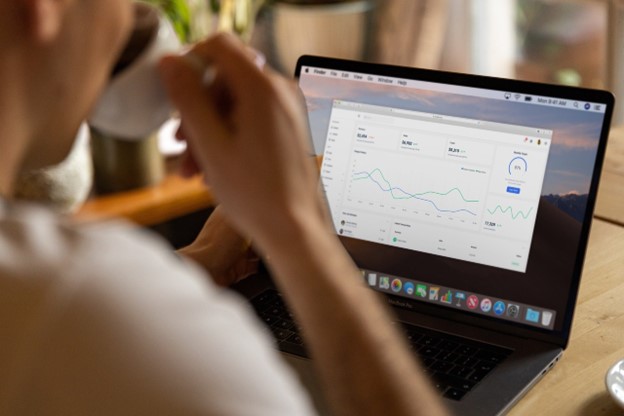How great would it be if this chaotic jumble could take on a form you can readily digest and work with?
Enter data visualization tools - the superheroes of recruitment reporting.
But this isn’t just about making data look pretty with pie charts and bar graphs. No, no. It’s about transforming cold, raw data into actionable insights that can help you find the right people faster, smarter, and without having to down another cup of coffee just to make sense of it.
Here’s how these tools can revamp your recruitment game - and maybe even make HR reporting a little fun (yes, fun!).
Why Recruitment Data Deserves the Spotlight
Recruiting isn’t just about finding great candidates; it’s about finding them efficiently. With competition about as intense as a reality TV finale, meaningful insights about where you excel - or fall short - can save budget, time, and effort.
Take this scenario: Your recruitment team spends weeks sourcing from job boards with mediocre results, only to realize your best hires are referrals. You lost time and money, all because the data didn’t speak until it was too late.
Data visualization flips this script. Imagine seeing, at a glance, that referrals account for 60% of your successful hires. You’d prioritize referrals instantly, right?
How Data Visualization Tools Enhance Recruitment Reporting
Ready to revolutionize your recruitment reporting? Here’s how data visualization tools transform raw data into engaging, interactive dashboards that uncover valuable insights in an instant.
1. Turning Raw Data into Stories with Dashboards
Data visualization tools like Power BI bring your recruitment data to life. Here’s how they do it:
- Interactive Dashboards: Picture this - a single screen showing your top-performing job ad sources, time-to-hire metrics, and diversity stats, neatly visualized as charts and graphs.
- Real-Time Reporting: No more stale spreadsheets; freshness is key. Linking real-time data sources means your dashboards update automatically as new applications roll in.
For instance, one HR team used Power BI to track time-to-hire data by department. The graphs revealed that marketing roles took three times longer to fill than other departments. Armed with this insight, they refined their marketing job ads and cut hiring time by 30%.
Wondering where to start? I can’t recommend online training in Power BI enough. Platforms like DataCamp offer rich, interactive courses crafted by experts, whether you're a total newbie or brushing up. From basics like visualization dashboards to advanced DAX functions, there’s something for everyone - and trust me, they make it ridiculously fun.
2. Spotting Trends Before They Become Problems
Recruitment data isn't static - it trends, shifts, and evolves. A spike in applications from a specific source might seem like a blessing, but what if 80% of those applicants are unqualified? Visualization tools can help you spot patterns like this early enough to act proactively.
For example, heat maps can highlight where candidates drop off during the application process. Recruitment heads can also use Trend Charts to show how peak application rates align with specific ad campaigns or company announcements, illuminating better timings for future hiring drives.
4. Comparing Sourcing Strategies at a Glance
Not all sourcing channels are created equal. Maybe LinkedIn is your goldmine, or maybe that niche industry job board is pulling its weight. Data visualization tools allow you to easily compare sourcing ROI without needing a calculator - or caffeine-induced clarity.
Bar graphs or funnels can quickly break down percentages, giving you insights like:
- X% of resumes came from LinkedIn this month.
- Y% of interviews were sourced from referral programs.
- Z% of hires came through your email campaigns.
Using Power BI, for instance, you can drill down into each channel’s performance by role, department, or even timeframe. And when you spot what works, you double down - no-brainer.
5. Simplifying Communication with Stakeholders
Executive teams love flashy visuals almost as much as they love results. Data visualization tools arm you with shareable, beautiful reports that tell a story.
Instead of handing over a cluttered Excel sheet, you can send off polished dashboards that answer their favorite question in advance - “What’s the ROI?”
These tools can help you show:
- Hiring cost trends as line graphs.
- Recruitment pipeline performance with funnel charts.
- Year-over-year improvements in hiring efficiency as side-by-side comparisons.
Your CFO will thank you, and your team will look like data wizards.
Wrapping It Up
Integrating data visualization tools into your recruitment reporting doesn’t just make life easier - it elevates how you recruit. From uncovering hidden trends in hiring data to automating reporting, these tools empower your HR team to make data-backed decisions confidently.
If you're looking to level up your reporting skills, give these tools a shot. In no time, you’ll be able to master the art of data visualization, banish those chaotic spreadsheets, and start recruiting smarter - it’s as easy as clicking that link.






